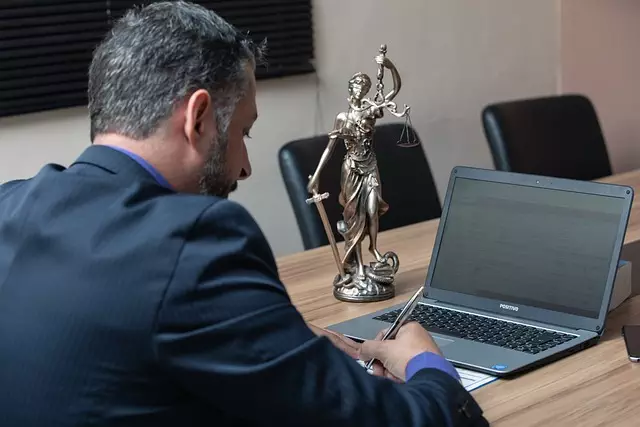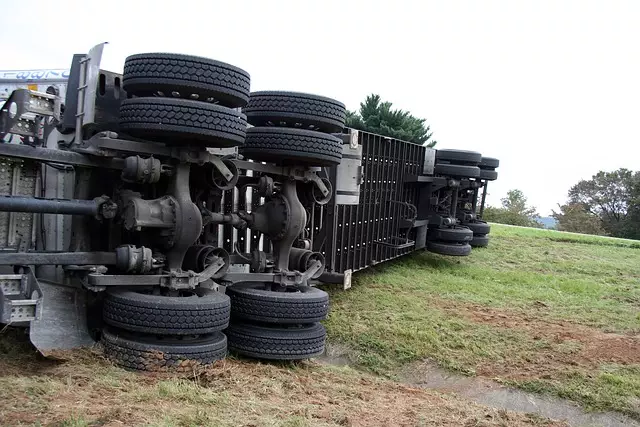Rideshare safety in Manhattan is a paramount concern due to rising incidents ranging from accidents to assaults. With services like Uber and Lyft dominating urban transport, ensuring passenger security through measures like driver background checks, training, and vehicle maintenance is crucial. Legal complexities arise from the lack of traditional employer-employee relationships, making comprehensive insurance coverage essential for drivers and companies alike. Navigating car insurance claims in Manhattan requires a deep understanding of local regulations, prompt action after accidents, and awareness of each party's rights and policies. Understanding these complexities is vital to secure fair compensation and mitigate legal risks for all involved.
In the dynamic landscape of urban mobility, rideshare services have revolutionized transportation. However, this convenience comes with legal complexities, particularly in navigating car insurance claims in Manhattan. This article delves into crucial aspects of rideshare safety litigation, addressing concerns that impact passengers and drivers alike. We explore liability implications, common challenges, and strategies to ensure safer practices while mitigating legal risks, focusing on the unique context of Car Insurance Claims in Manhattan.
- Understanding Rideshare Safety Concerns and Their Legal Implications
- Navigating Car Insurance Claims in Manhattan: A Comprehensive Guide
- The Role of Liability in Rideshare Accidents and Related Litigation
- Common Challenges Faced by Passengers and Drivers in Safety-Related Cases
- Strategies for Ensuring Safe Ridesharing Practices and Minimizing Legal Risks
Understanding Rideshare Safety Concerns and Their Legal Implications

Rideshare safety concerns have become a pressing issue in recent years, with incidents ranging from accidents to assaults. As ridesharing services like Uber and Lyft continue to dominate urban transportation, ensuring passenger security has taken center stage. These worries encompass various aspects, from driver background checks and training to vehicle maintenance and emergency response protocols. Legal implications of these safety concerns are significant, particularly in terms of car insurance claims Manhattan residents may face if involved in accidents caused by negligent rideshare drivers.
The lack of traditional employer-employee relationships in the ridesharing industry complicates liability issues. When a rideshare driver causes an accident, determining who is responsible—the driver, the ridesharing company, or both—can be intricate. This complexity underscores the importance of comprehensive insurance coverage for both drivers and companies to protect against potential car insurance claims Manhattan’s legal landscape may present.
Navigating Car Insurance Claims in Manhattan: A Comprehensive Guide

Navigating Car Insurance Claims in Manhattan requires a thorough understanding of local regulations and procedures. In the bustling metropolis, ensuring proper coverage and knowing your rights is essential for peace of mind. When involved in an accident, whether as a rideshare driver or passenger, prompt action is critical. First, contact your insurance provider to report the incident. In Manhattan, where traffic can be dense, documenting all details—from witness statements to damage photographs—is invaluable during the claims process.
Manhattan’s legal landscape for car insurance claims may present unique challenges due to high-traffic areas and complex urban driving conditions. Rideshare companies often have specific policies and procedures, so drivers should familiarize themselves with these guidelines. Passengers, too, should be aware of their rights regarding medical coverage and compensation for any injuries sustained during the ride. A comprehensive guide is key to understanding your options and ensuring a fair resolution in the event of an accident while navigating Manhattan’s streets.
The Role of Liability in Rideshare Accidents and Related Litigation

In rideshare litigation, understanding liability is crucial for both passengers and service providers alike. When a car accident occurs involving a rideshare vehicle, determining responsibility can be complex. Generally, rideshare companies are not directly liable for accidents as they don’t own or operate the vehicles. Instead, liability often falls on the driver, who is typically an independent contractor. However, there are instances where the rideshare company may bear some responsibility, such as when the accident results from faulty app functionality or inadequate background checks.
Car insurance claims play a significant role in rideshare safety litigation. Drivers involved in accidents often rely on their personal auto insurance policies, while passengers may be covered under the rideshare company’s liability insurance. In Manhattan, where rideshare services are prevalent, car insurance claims procedures can differ from other areas. Understanding these nuances is essential for all parties involved to navigate the legal landscape effectively and ensure fair compensation in case of accidents.
Common Challenges Faced by Passengers and Drivers in Safety-Related Cases

In safety-related rideshare litigation, both passengers and drivers often face unique challenges. One common issue is the lack of direct car insurance coverage during the period between a ride request and pickup, known as the “gap” or “uninsured period.” This gap can lead to complex legal debates over liability when accidents occur, with insurance companies asserting that policies do not cover such instances. Passengers may struggle to navigate these claims processes, especially in high-pressure situations, while drivers could face financial burdens and reputational damage if found liable without adequate protection.
Additionally, determining fault in rideshare incidents is intricate due to the multi-party nature of these cases—passengers, drivers, and ride-sharing companies all have varying levels of responsibility. In Manhattan, where car insurance claims are governed by specific regulations, understanding the legal framework becomes crucial. Passengers might require legal assistance to ensure their rights are protected, while drivers need to be adept at managing both insurance claims and potential litigation, often with limited resources since many rideshare drivers are independent contractors.
Strategies for Ensuring Safe Ridesharing Practices and Minimizing Legal Risks

Ensuring safe ridesharing practices and minimizing legal risks is paramount for both riders and service providers in Manhattan, where car insurance claims can be complex due to high traffic volumes and diverse vehicle types. Rideshare companies should invest in comprehensive training programs that educate drivers on safety protocols, including regular check-ins, vehicle maintenance, and emergency response procedures. Additionally, implementing robust background checks and drug testing for all drivers is crucial to prevent potential hazards.
Technology plays a significant role in enhancing safety; rideshare apps can incorporate features like real-time tracking, driver verification, and in-app reporting of incidents. Encouraging riders to share trip details with trusted contacts and always choosing visible, well-lit routes can also reduce risks. Regular reviews of insurance policies specific to car insurance claims Manhattan, including liability coverage and accident response procedures, are essential for both drivers and companies to navigate potential legal risks effectively.
Rideshare safety litigation is a complex landscape, particularly within the context of car insurance claims in Manhattan. As demonstrated, understanding the legal implications of safety concerns and navigating liability for accidents are pivotal. By recognizing common challenges and adopting strategies to foster safer ridesharing practices, both passengers and drivers can minimize legal risks. For residents of Manhattan seeking guidance on car insurance claims, a comprehensive approach that combines awareness, preparation, and proactive measures is key to ensuring justice and security in the event of an accident.
